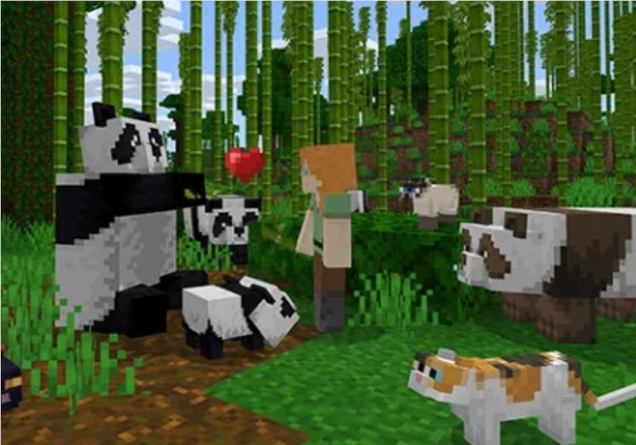Recently, an AI learning tool called "PDF Brain Disability Video" has become popular on social media, causing widespread discussion. This tool transforms the content of boring textbooks into AI voice reading aloud, and is accompanied by relaxed ASMR or game videos to create a unique learning experience, especially being welcomed by generations of Gen Z on TIKTOK. This novel learning method combines the dual stimulation of hearing and vision, which has triggered people's reflection on traditional learning models.
Recently, an AI learning tool, known as the "PDF brain residual video" (PDF to Brainrot ", has caused heated discussions on social media. This tool converts the content of the textbook into AI voice, and at the same time, it matches the relaxed video content, such as ASMR editing or game screens to form a unique learning experience.
Imagine that while watching the game of "My World" or a relaxed ASMR video, a mechanical voice is reading your textbook aloud. This sounds incredible, but on Tiktok, this has become a popular way of learning.

COCONOTE, Studyrot, Memenome and many other AI tools have emerged at the time of attempt. They provide the function of converting PDF documents into "brain residual" style videos. These tools are not only simply reading the text, but also transform the content into Gen Z language, and even provide different "style" voice, such as "SAM SIGMA" or "Gabi Gyatt".
However, there are questionable marketing strategies behind this trend. Many seemingly real creators recommend videos are actually advertising with the banner of "Friends Recommended". Some accounts are almost all of the contents around specific learning tools, and it is difficult for the audience to distinguish between authenticity.
Despite controversy, this learning method does provide new possibilities for some students. Just like someone prefers to listen to podcasts while walking, this dual stimulus may indeed help some people's concentration.
However, experts warn that excessive relying on such tools can lead to distortion of learning content. After all, the "tide language" version generated by artificial intelligence may distort the original knowledge.
This phenomenon reflects the innovative subversion of the younger generation of traditional learning models. It is not only a technical trend, but also the unique understanding of the form of education in the native native.
Perhaps, the real "brain disability" is not in the game screen, but in our stereotypes of learning. In the AI era, the boundaries of learning are becoming more and more blurred and possibilities.
The emergence of "PDF brain residual video" has triggered rethinking learning methods. Although there are certain disputes and potential risks, it also provides us with a new perspective of exploring more effective learning methods. It is worthy of our in -depth discussions and research. The ultimate goal is to make learning more efficient and more interesting.